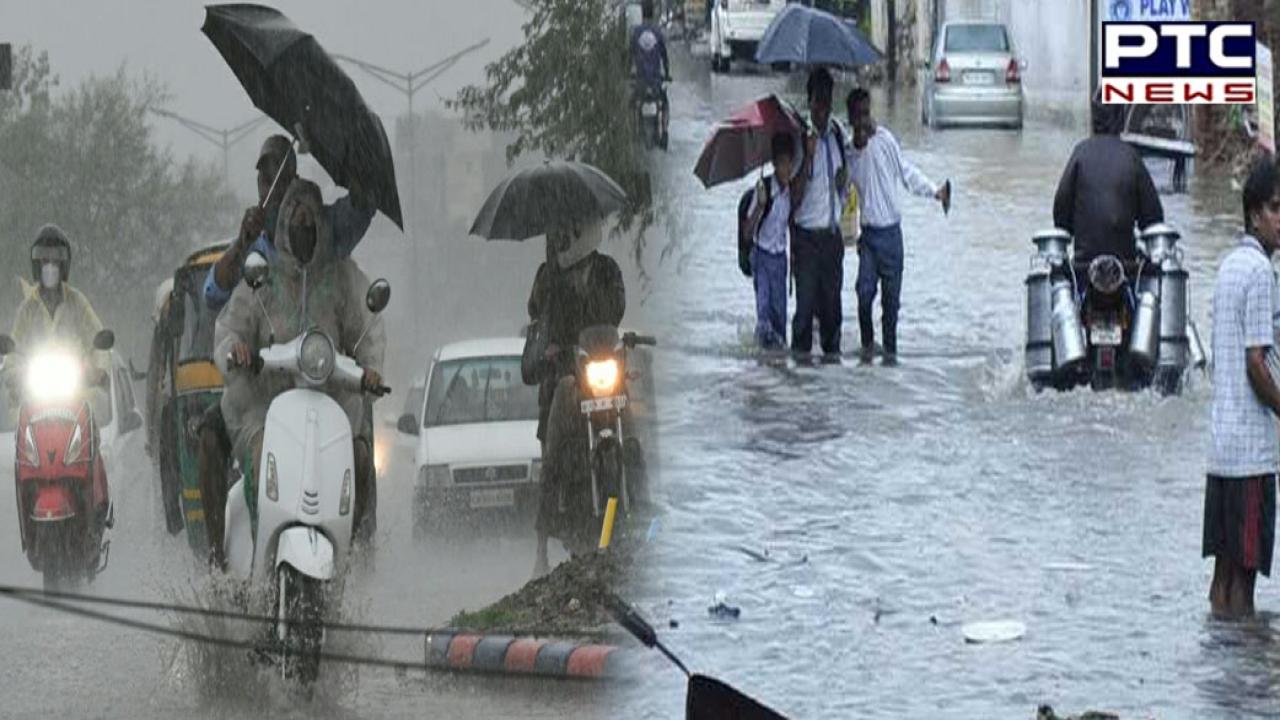

Global warming impacts rainfall; new research explains how
PTC News Desk: A new study reveals how human-caused global warming is affecting rainfall. Global warming has increased rainfall variability across 75% of the Earth's surface area, particularly in Australia, Europe, and eastern North America, according to new research.
Chinese researchers and the UK Met Office published their findings overnight in the journal Science. They provide the first systematic observational evidence that climate change is increasing unpredictability in global rainfall patterns.
Climate models predicted that this fluctuation would worsen with climate change. However, these new data show that rainfall variability has already worsened over the previous century, particularly in Australia.
This study focuses primarily on rainfall variability, which refers to the irregular timing and amount of rainfall. The findings are consistent with earlier studies.
Alarmingly, the situation will worsen as global warming progresses. This increases the likelihood of droughts and floods, a pressing concern for Australia.
Findings of the study
The study found a systematic increase in rainfall variability since the 1900s. Day-to-day rainfall variability has increased by 1.2% each decade globally. The trend became stronger in the second half of the century, following 1950.
The increased variability means that rain falls more unevenly over time. It is possible that a year's worth of rain at a particular place will now fall in fewer days. It can also refer to extended, dry periods interrupted by torrential downpours, or drought and flooding occurring in fast succession.
The researchers also discovered that rainfall variability has increased across 75% of the land areas analysed since the 1900s. Europe, Australia, and eastern North America were severely affected. These are the places where detailed and long-term observations are available.
In other places, the long-term trend in rainfall variability was less noticeable. The authors suggested that this could be due to random changes in variability or flaws in the datasets.
Daily rainfall variability increased across all four seasons worldwide, with seasonal differences emerging on smaller, regional scales.
According to the researchers, the increase is primarily due to human-caused greenhouse gas emissions, which have resulted in a hotter and more humid atmosphere, more severe rain episodes, and larger swings between them.
According to them, the findings raise new questions about weather and climate projections, as well as societal and environmental resilience and adaptation.
How does global warming impact rainfall?
To make sense of these findings, it's important to understand the factors that influence how much heavy rain a storm produces, as well as how global warming affects these parameters.
The first factor is the amount of water vapour present in the air. Warmer air can hold more moisture. Every degree of global warming results in a 7% rise in the average amount of water vapour over a specific area of the surface.
Scientists have known about this issue for a long time. The Earth has warmed 1.5°C since the Industrial Revolution, resulting in a 10% increase in water vapour in the lower atmosphere. As a result, storms are becoming more intense.
The second factor is the intensity of the storm winds, and the third is the ease with which large raindrops develop from smaller cloud particles. More research is needed to understand how these elements are affected by climate change, but current evidence indicates that when combined, they enhance increases in rainfall over short time intervals and for very strong storms, while decreasing increases for weaker storms.
- PTC NEWS
